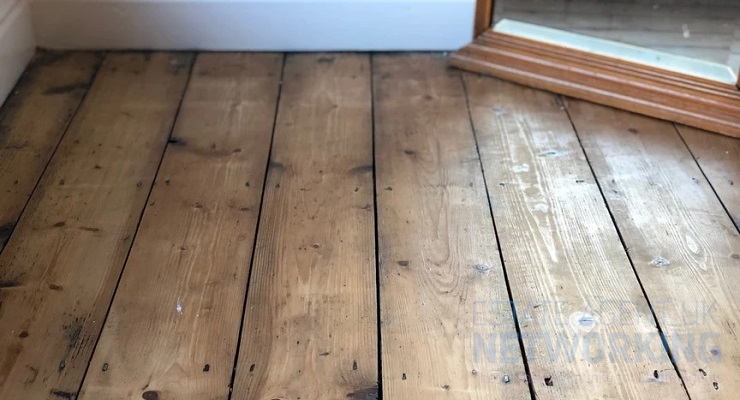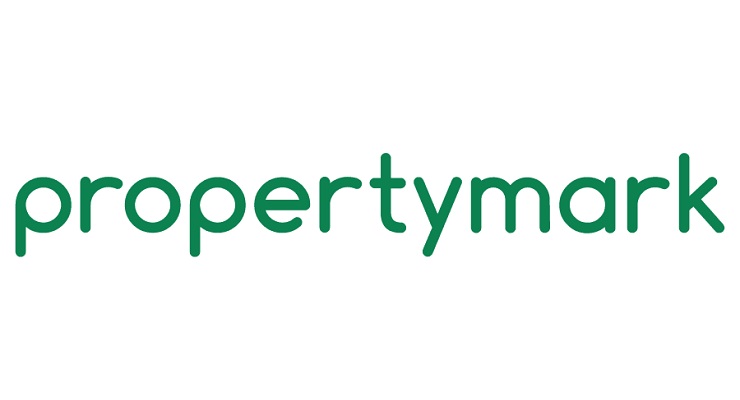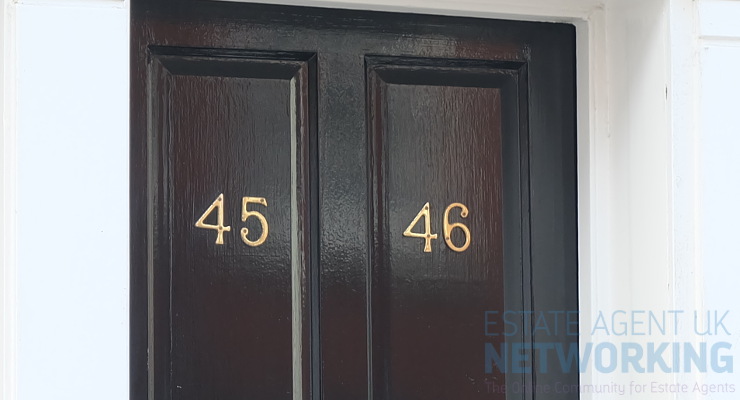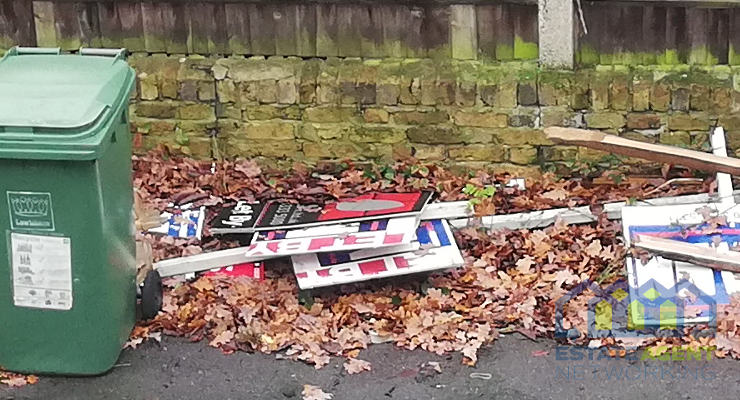Wood Primer: The A-Z Guide
Priming bare wood is every renowned carpenter’s trick to better paint adhesion and durability of the paint job. Having said that, if you’re wondering why your DIY wood projects don’t feel like they were painted professionally, perhaps this is the reason—you’re skipping primer! But what exactly is primer?
Wood primer is an undercoat put on wood before you paint it. If you’re about to start your DIY project involving painting something wooden, this is a must-have. It makes your paint job immensely smoother, gives it a more professional look and feel, and will protect the wood, increasing the durability of your outdoor garden furniture.
Here’s why primer is important:
Wood Primer: The Essentials
When Is A Wood Primer Used?
Primer is used on new wood that is not stained. For a good-quality finish, you have the option of a high-quality latex primer or an oil-based primer which will be discussed in detail later.
Wood primer can also be used on painted or stained wood though. For this purpose, look for a stain-blocking primer. Some wood primers stick well to the existing paint and can even be used without a top coat, but adhere well to the surface.
If the painted wood is of a dark shade and you wish to modify the colour from dark to light, primer is a must-have! Without primer, the dark colour will still show through no matter how many layers of new paint are done. Problems might also arise from light to dark so you need to incorporate a primer.
Lastly, you can use primer on old, aged wood too. In this case, you need a high-quality latex or oil-based primer for prepping otherwise the paint will peel off. In this case, wait until the primer is completely dry before proceeding with painting.
Do I Need To Use a Wood Primer? Yes, Here’s Why
Wood primer enhances the quality of your paint job. First, it effectively covers heavy stains. It also seals odours from cigarettes, pets, food, and others. It protects surfaces that are in damp conditions as well, preventing the growth of mould. As if that’s not enough, it can kill active spores and mould. This makes it ideal for use in laundry rooms, saunas, restrooms, and kitchens.
How Do I Use Wood Primer? The Steps:
• Before primer application, you need to clean the wood well and then sand the surface.
• After sanding, clear away all of the dust that accumulated during the sanding operation. (To ensure that the surface is free of particles, wash it with a moist cloth.)
• After that, apply the wood primer in a consistent even motion. The primer should be applied twice because it ultimately takes on a chalky appearance and texture.
Different Types of Wood Primers
There are 2 main different kinds of wood primers, and each one has unique qualities and applications:
1). Oil-Based Wood Primer
This one works well with practically any type of surface apart from stone and galvanized metal. With wood though, it stands exceptionally tall. It easily seals the wood’s surface, allowing for a smooth application of paint. This kind of primer prevents stains and tannins from penetrating wood and can stop paint from peeling and scorching.
Application:
Apply the oil primer in a well-ventilated location. Why?—Because it takes longer to dry. Although oil-based primers require more time to dry, they last longer and have a better bond with surfaces. That said, give the primer at least 24 hours to dry before applying the second coat. Note that some more contemporary oil primers dry more quickly today.
With oil-based primers, you’ve got to be cautious. They emit hazardous VOC(volatile organic compounds) emissions and have got a pungent odour. According to research, utilizing VOC-containing products indoors can boost their concentration by ten times.
Moreover, studies have shown that VOCs can irritate the eyes, nose, and throat as well as possibly lead to cancer. As a result, while using primers that are high in VOCs, make careful to use appropriate ventilation and wear a face mask.
2). Water-Based Wood Primer (Latex Primer)
This one is ideal for bricks, galvanized metal, raw wood surfaces, drywall, softwoods, and a couple of other surfaces. Note however that cedar cannot be primed with a water-based primer. That’s because cedar has tannin stains that seep through water-based primer. As such, to stop tannin stains from the wood from bleeding through to the surface, cedar needs an oil-based primer.
Application:
Apply in a well-ventilated room as well for fast drying, though this one will take a relatively short time. That’s because the water-based primer is easy to use and contains little to no VOCs, hence is safer. Such primers smell less and dry more quickly.
On the flip side, though, compared to the other two kinds of primes, they are less successful in hiding bigger stains. As such, they’re only ideal for small stains. If you’ve got stinky, deep, or existing paint, opt for the former.
There you have it! Ready to take that DIY project to the next level? Use wood primer!









